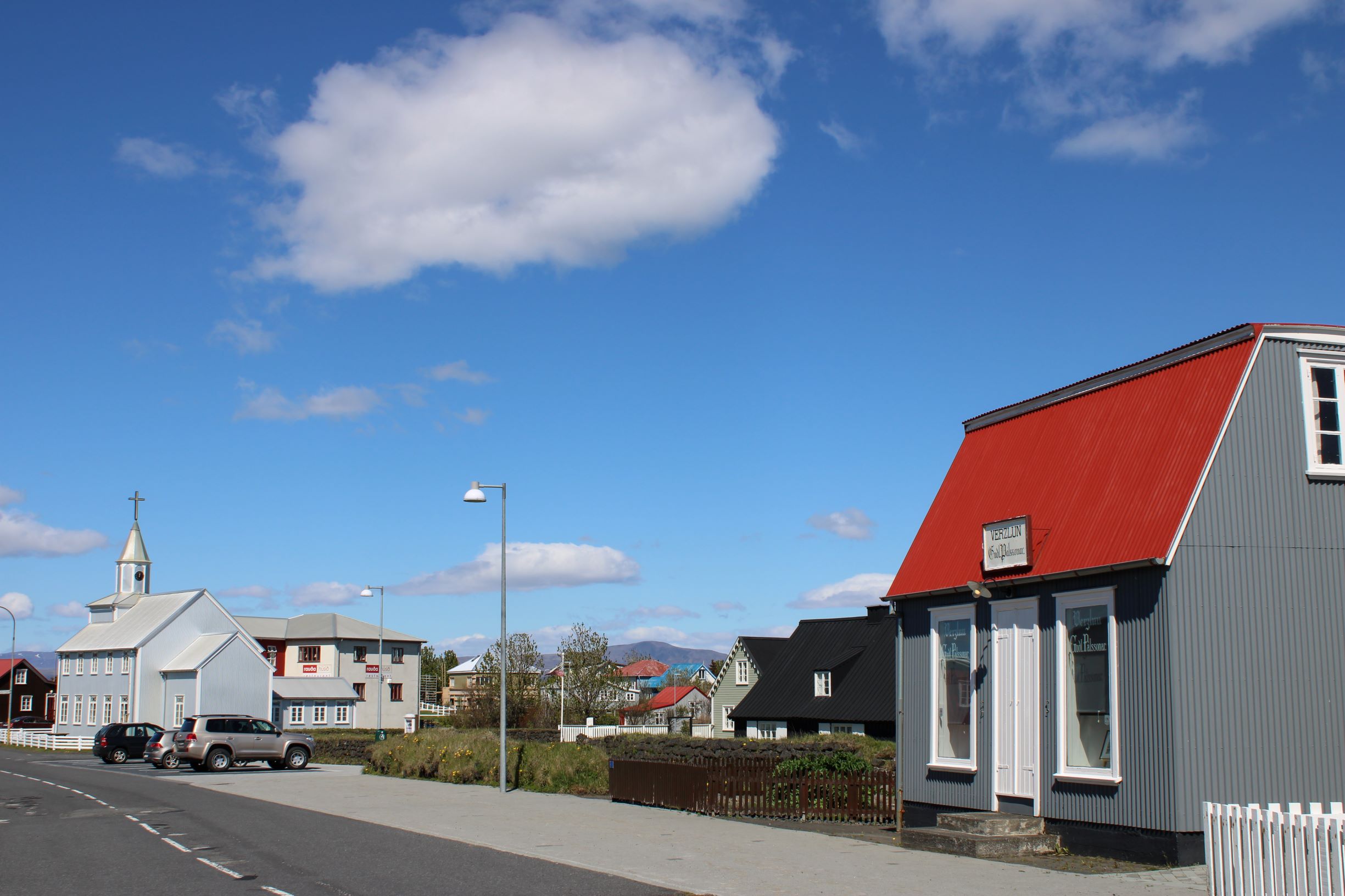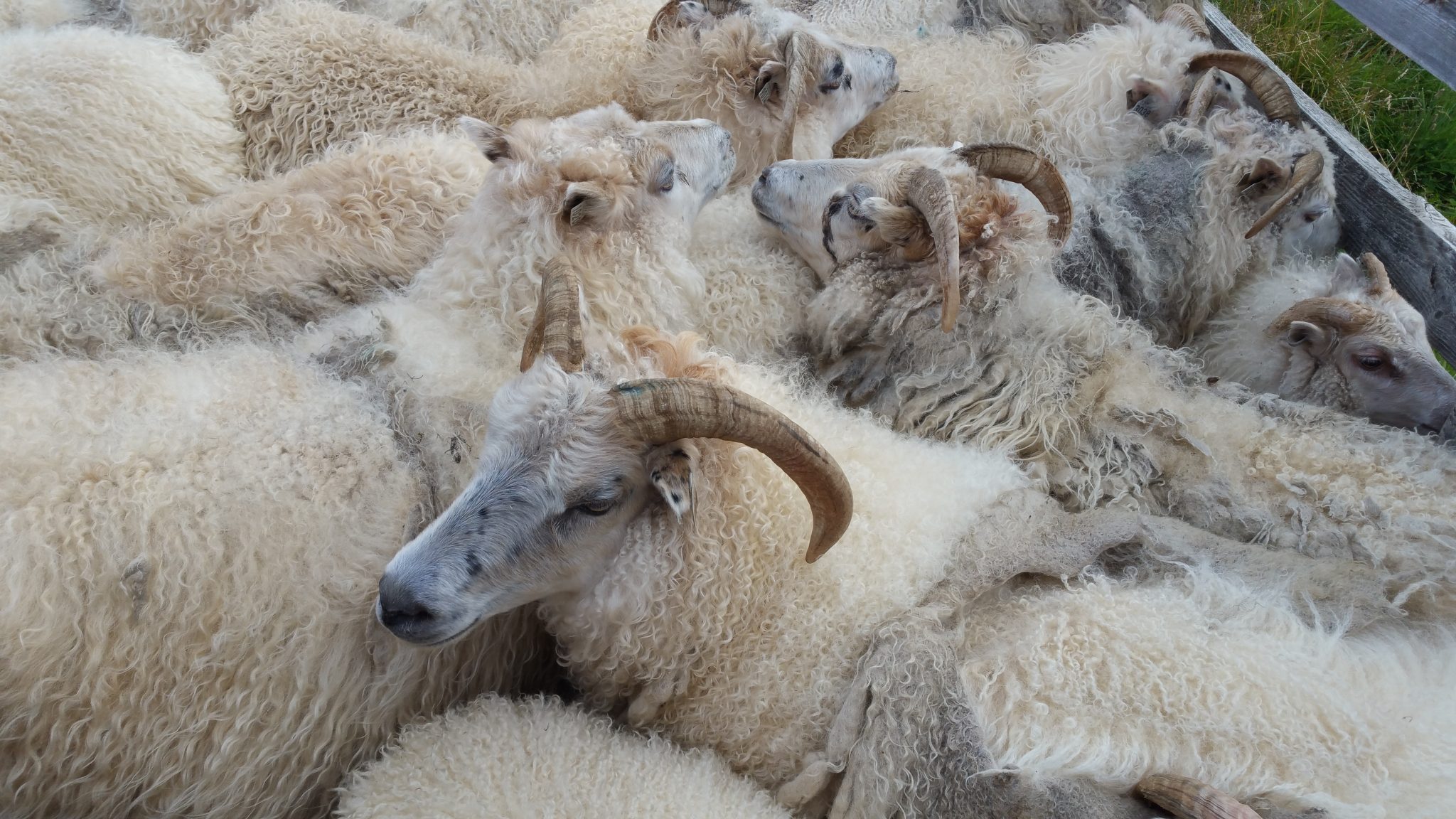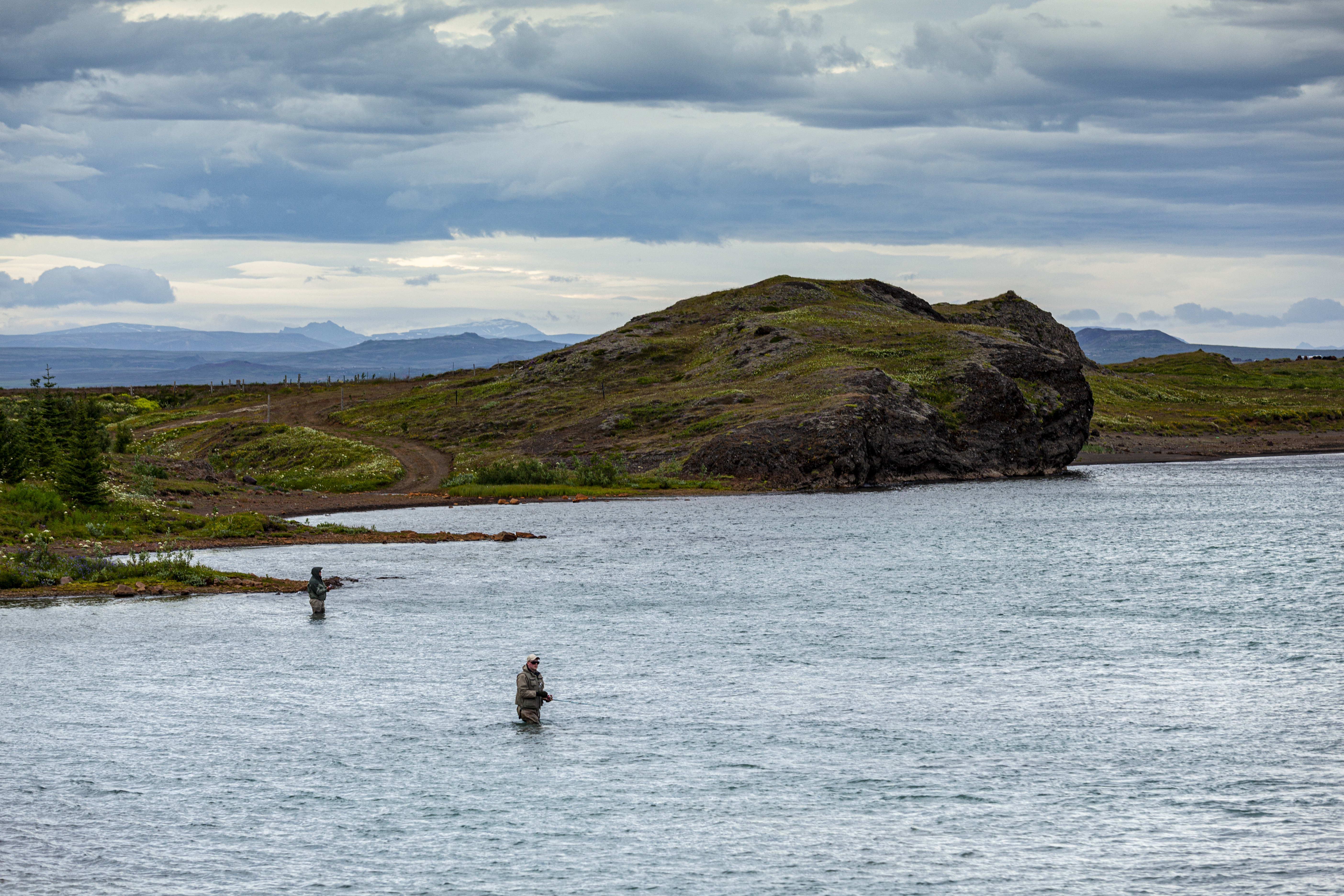Árborg, Flóinn and Ölfus
The sea and agriculture
Þorlákshöfn town possesses an excellent natural harbor, and it is close to rich fishing grounds. When rowing boats were used, it was common for 30-40 boats to be fishing from Þorlákshöfn, and many newcomers stayed there during the fishing season. The harbor in Þorlákshöfn is an essential link in the town's business activities. There are also restaurants and retail businesses that both tourists and locals enjoy.
Beets are grown in Hraun in Ölfus, and there is also dulse picking. In addition to dulse picking in Ölfus, dulse has been used in the municipality of Flóinn for centuries, as many people were employed in dulse picking. People came as far from the east of the county Skaftafellssýsla to buy dulse.
Eyrarbakki town was an important trading place for the whole of the South and a fishing station. For a time, Eyrarbakki was the largest town in the country, larger than Reykjavík city, and for a long time, it looked like Eyrarbakki would become the capital of Iceland. Employment has now developed into the service sector and industry. At the beginning of the last century, extensive fish processing and fishing began, and three fish processing companies operated there until the turn of the century. The harbor at Eyrarbakki was closed in 1988, and since then, the importance of the fishing industry for the residents' livelihoods has diminished.

The same goes for the town of Stokkseyri. There fishing began just before the turn of the 19th century with a loading dock and a proper pier. Motorboats were the primary means of livelihood in the village. After the bridge Óseyrarbrú was built, the harbors in Stokkseyri and Eyrarbakki were little used. The freezing plant of Stokkseyri, later known as the Cultural Centre Menningarverstöðin, was closed, and the building is now used for art and culture and makes a big impression on the town's appearance.
In and around the river Ölfusá, eel fishing was practiced. The South of Iceland is well suited for fishing eel, and eel can catch it in traps. However, eel fishing has been prohibited since the summer of 2019.
In the last century, many things have changed in the district of Sandvíkurhreppur, mainly farming methods. Sheep farming intensified towards the end of the 19th century. Around the year 1890, sheep were sold to England but stopped after six years. After that, the farming years were difficult until farmers established a creamery. The abattoir Sláturfélag Suðurlands was founded in 1907, and most farmers became founders. After the creameries closed, people began to make the most of selling lambs for slaughter. After the dairy Mjólkurbú Flóamanna was founded in 1929, farmers started selling cow's milk there. Horticulture was only for the home, but beetroot cultivation was done on a few farms. As in most places, traditional agriculture has been declining, but the remaining farms are expanding. Most are cow farms; sheep farms are in decline, one is a chicken farm, one pig farm, and one farmer focuses on eider nesting and salmon fishing.
At the beginning of the 20th century, there were many cream and butter farms in Iceland. The creamery at the farm Baugsstaðir was a cooperative and an essential part of the surrounding farmers' economy. Its prime was from the beginning of the century until 1920, and it closed in 1952. Butter and cheese were made from cream that farmers brought on horses, and most of the production was sold abroad and to Reykjavík.
In the town of Selfoss, there is a strong product processing of southern agriculture and its service. There you can, for example, find the largest dairy farm in the country and the abattoir, Sláturfélag Suðurlands, with deboning and packing stations. The great innovation and product development in the processing of agricultural products in Selfoss can be attributed to decades of experience, knowledge, and professionalism in the area. Between the two salmon rivers, Hvítá and Þjórsá lies the municipality.

Flóinn. In the last century, one of the most important things for Flóinn was making the canals Flóaáveitan for irrigation. It covered over 12,000 hectares of land and heralded a significant shift in farming and employment. Agriculture is still the primary industry in the region, with growing tourism opportunities.
